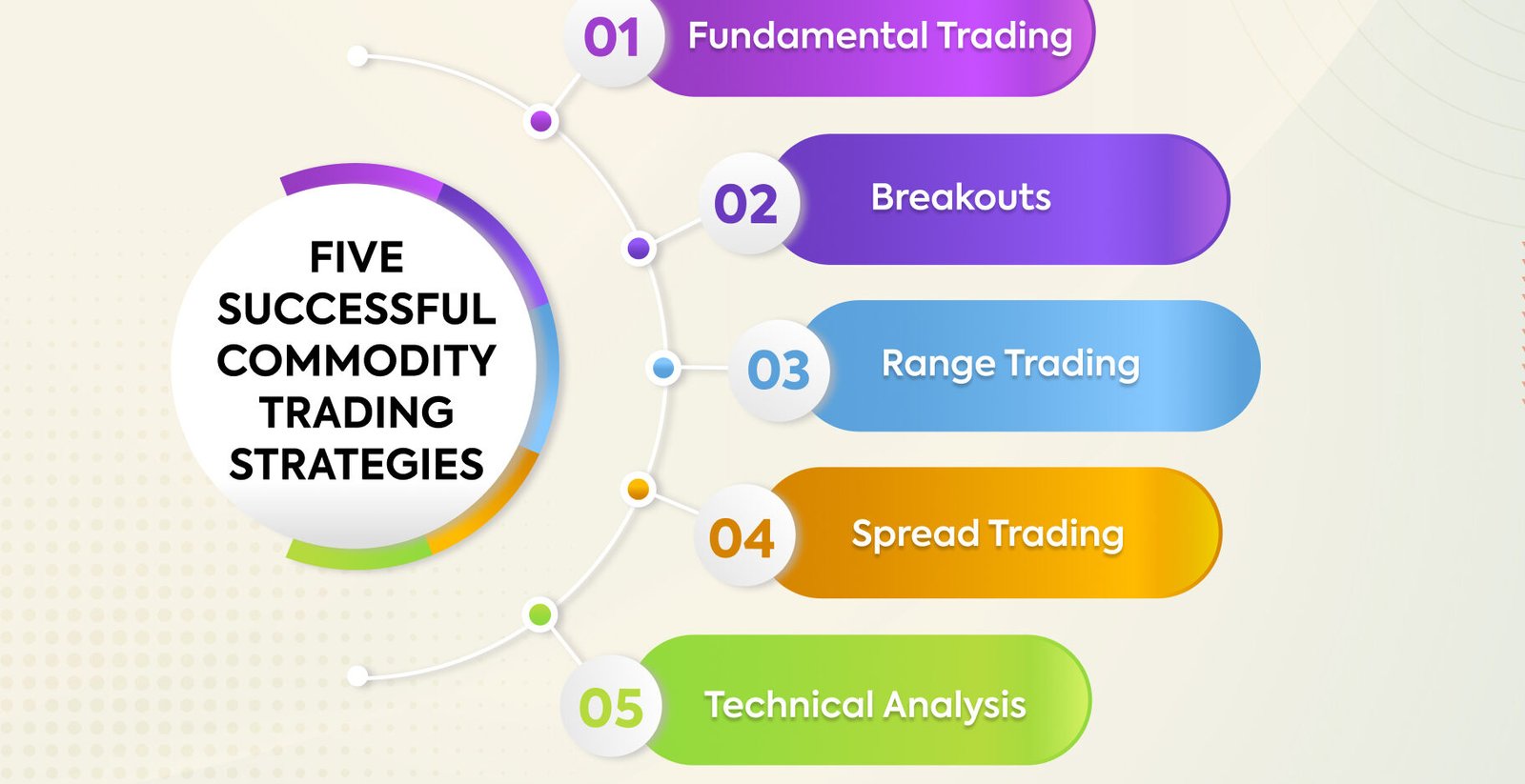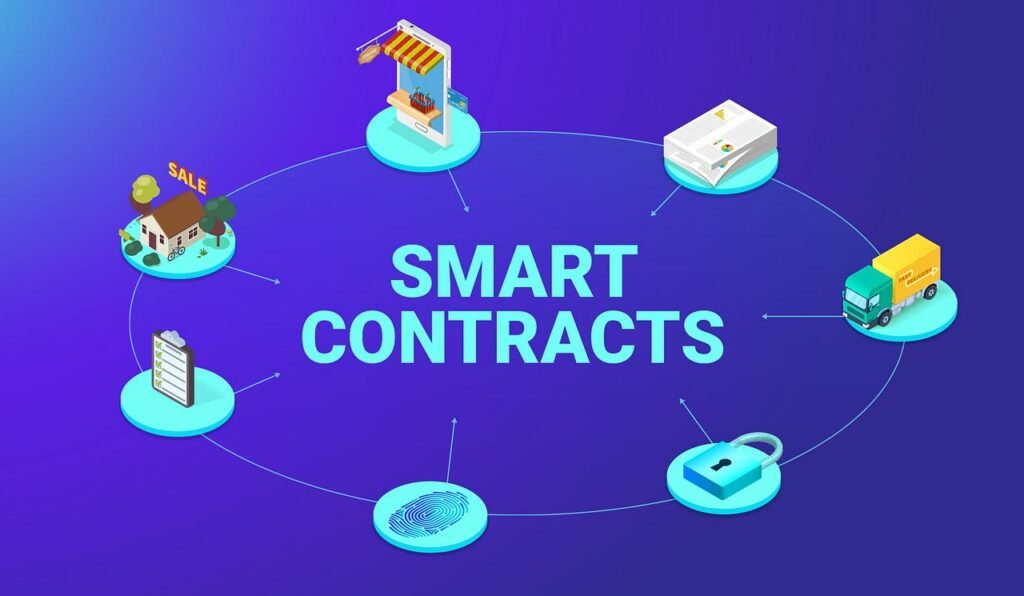Ethereum smart contract calls landscape has reached an unprecedented milestone, with daily interactions surging past 12 million for the first time in the network’s history. This remarkable achievement signals robust network adoption and strengthens the bullish case for ETH as traders increasingly target the psychological $5200 price ceiling. The record-breaking smart contract activity demonstrates Ethereum’s evolving role as the backbone of decentralized finance (DeFi) and Web3 applications.
This surge in Ethereum smart contract calls coincides with growing institutional interest and mounting technical momentum that could propel ETH toward new all-time highs. Market analysts are closely monitoring these on-chain metrics as key indicators of sustainable price growth, particularly as the cryptocurrency approaches critical resistance levels.
Ethereum’s Smart Contract Revolution
What Drives Smart Contract Call Volume
Smart contract calls represent the fundamental interactions between users and decentralized applications (dApps) on the Ethereum network. Each call executes specific functions within smart contracts, ranging from simple token transfers to complex DeFi protocols. The recent spike to 12 million daily calls reflects unprecedented user engagement across multiple sectors.
The growth in Ethereum smart contract calls stems from several converging factors. DeFi protocols have matured significantly, offering more sophisticated yield farming opportunities, lending mechanisms, and trading functionalities. Additionally, the rise of layer-2 solutions has made interactions more affordable while maintaining Ethereum’s security guarantees.
Non-fungible token (NFT) markets continue contributing substantially to call volume, despite market volatility. The integration of NFTs into gaming, social media, and digital identity systems ensures consistent smart contract interactions. Meanwhile, emerging sectors like real-world asset tokenization and decentralized autonomous organizations (DAOs) are generating additional network activity.
Breaking Down the 12 Million Milestone
The achievement of 12 million daily Ethereum smart contract calls represents a 340% increase from the previous year’s average. This exponential growth demonstrates the network’s capacity to handle increasing demand while maintaining functionality. The milestone encompasses various interaction types, from simple ERC-20 token transactions to complex multi-step DeFi operations.
Smart contract activity peaks during high-volatility periods when traders execute more frequent transactions across decentralized exchanges (DEXs). The recent surge correlates with increased trading volume on platforms like Uniswap, SushiSwap, and 1inch, which collectively process millions of swap transactions daily.
Layer-2 solutions, particularly Arbitrum and Optimism, contribute significantly to overall call volume. These scaling solutions enable users to interact with Ethereum-based applications at reduced costs, encouraging more frequent transactions. The seamless bridging between mainnet and layer-2 networks amplifies total smart contract calls across the ecosystem.
Price Analysis: The Path to $5200

Technical Indicators Supporting Bullish Momentum
ETH’s price action demonstrates a strong correlation with increasing Ethereum smart contract calls. Historical data reveal that sustained growth in network activity typically precedes significant price appreciation. The current trajectory suggests ETH could challenge the $5200 resistance level within the next quarter.
Key technical indicators align with the bullish narrative. The relative strength index (RSI) maintains healthy levels around 65, indicating room for further upward movement. Moving average convergence divergence (MACD) shows strengthening momentum, while the 200-day moving average provides solid support around $3,800.
Volume analysis reveals accumulation patterns among institutional investors, with large wallet addresses increasing their ETH holdings during recent price dips. This institutional backing, combined with record smart contract activity, creates a favorable environment for sustained price growth toward the $5200 target.
Market Sentiment and Trader Psychology
The $5200 price target represents more than technical analysis; it embodies trader psychology around Ethereum’s value proposition. Market participants increasingly view Ethereum smart contract calls as a fundamental metric for assessing network health and future potential.
Social sentiment analysis indicates growing optimism around Ethereum’s long-term prospects. Twitter mentions, Reddit discussions, and Google search trends all show increased interest in ETH price predictions and smart contract capabilities. This organic interest often translates into purchasing pressure as retail investors enter the market.
Professional traders are positioning for the $5200 breakout through various strategies. Options markets show significant open interest at strike prices between $4,800 and $5,500, suggesting expectations of continued upward movement. Futures markets display consistent backwardation, indicating supply constraints and bullish positioning.
The DeFi Connection: Fueling Network Growth
Total Value Locked and Smart Contract Interactions
Ethereum’s DeFi ecosystem maintains over $165 billion in total value locked (TVL), directly correlating with smart contract call volume. Major protocols like Aave, Compound, and MakerDAO process thousands of transactions daily, contributing significantly to the 12 million call milestone.
DeFi smart contracts have evolved beyond simple lending and borrowing. Modern protocols offer complex financial instruments, including derivatives, insurance products, and structured finance solutions. Each interaction requires multiple smart contract calls, amplifying overall network activity.
Yield farming strategies contribute substantially to call volume as users constantly rebalance positions to optimize returns. Automated market makers (AMMs) generate continuous activity through arbitrage opportunities and liquidity provision. The interconnected nature of DeFi protocols means single-user actions often trigger cascading smart contract interactions.
Emerging DeFi Trends Driving Activity
Real-world asset (RWA) tokenization represents a growing sector within DeFi, generating substantial Ethereum smart contract calls. Protocols facilitating real estate, commodity, and bond tokenization require complex smart contract architectures with frequent user interactions.
Cross-chain bridges and interoperability solutions contribute meaningfully to call volume. As multi-chain DeFi strategies become mainstream, users frequently bridge assets between networks, each operation requiring multiple smart contract calls for validation and execution.
Decentralized derivatives markets are experiencing rapid growth, with protocols like dYdX and Perpetual Protocol processing substantial trading volumes. These platforms require sophisticated smart contract architectures that generate high call volumes through order matching, position management, and settlement processes.
NFT Markets and Digital Asset Ecosystem
Beyond Profile Pictures: Utility-Driven NFTs
The NFT landscape has matured beyond speculative trading toward utility-focused applications. Gaming NFTs require frequent smart contract interactions for item transfers, crafting, and marketplace transactions. Play-to-earn games generate consistent network activity as players engage with in-game economies.
NFT smart contracts now incorporate advanced features like dynamic metadata, programmable royalties, and community governance mechanisms. These sophisticated contracts require more frequent interactions, contributing to the overall Ethereum smart contract calls growth.
Digital identity and reputation systems increasingly leverage NFT technology, creating persistent user profiles across Web3 applications. These systems generate substantial smart contract activity through credential issuance, verification, and reputation scoring mechanisms.
Marketplace Evolution and Trading Patterns
NFT marketplaces have evolved beyond simple buying and selling platforms. Modern marketplaces like OpenSea, LooksRare, and X2Y2 offer complex trading mechanisms including auctions, collections, and social features. Each interaction requires smart contract calls for listing, bidding, and settlement processes.
Fractional NFT ownership creates additional layers of smart contract complexity. Protocols enabling shared ownership of high-value NFTs require sophisticated governance and trading mechanisms, generating substantial call volume through voting, trading, and management activities.
The integration of NFTs into traditional commerce creates new use cases for Ethereum smart contracts. Brands utilizing NFTs for customer loyalty, product authentication, and exclusive access generate consistent network activity through redemption and verification processes.
Layer-2 Solutions and Scalability Impact
Scaling Solutions Driving Adoption
Layer-2 networks significantly impact Ethereum smart contract calls by making interactions more affordable and accessible. Arbitrum and Optimism process millions of transactions monthly, with each requiring mainnet settlement through smart contract calls.
Polygon and other sidechains contribute to overall ecosystem activity while maintaining Ethereum compatibility. Cross-chain bridges facilitate seamless asset movement, requiring complex smart contract interactions for validation and security.
Zero-knowledge rollups represent the next evolution in Ethereum scaling. These solutions compress thousands of transactions into a single mainnet smart contract call, improving efficiency while maintaining security guarantees.
Future Scalability Developments
Ethereum’s transition to proof-of-stake has improved network efficiency, supporting higher smart contract call volumes without proportional energy increases. The merge enabled more predictable block times and reduced transaction confirmation latency.
Upcoming developments like proto-danksharding will further enhance Ethereum’s capacity for smart contract calls. These improvements will reduce costs for layer-2 solutions, potentially driving even higher interaction volumes across the ecosystem.
The development of account abstraction will simplify user interactions with smart contracts, potentially increasing adoption among non-technical users. This improvement could drive significant growth in daily Ethereum smart contract calls as barriers to entry decrease.
Institutional Adoption and Enterprise Integration
Corporate Blockchain Strategies
Large enterprises increasingly integrate Ethereum-based solutions into their operations, generating substantial smart contract activity. Supply chain management, identity verification, and digital asset custody all require frequent contract interactions.
Enterprise smart contracts often involve complex multi-signature schemes and approval workflows. These sophisticated systems generate high call volumes through document verification, approval processes, and audit trail maintenance.
Financial institutions exploring blockchain integration contribute meaningfully to Ethereum smart contract calls. Trade finance, cross-border payments, and regulatory reporting all benefit from blockchain automation, driving consistent network activity.
Regulatory Environment and Compliance
Regulatory clarity around smart contracts and DeFi protocols influences institutional adoption rates. Positive regulatory developments often correlate with increased network activity as institutions deploy previously planned blockchain strategies.
Compliance smart contracts represent a growing sector requiring frequent interactions for reporting, monitoring, and verification activities. These systems ensure regulatory adherence while maintaining blockchain benefits.
The development of regulatory-compliant DeFi protocols creates new categories of smart contract calls. Know-your-customer (KYC) integration, transaction monitoring, and reporting mechanisms all require sophisticated contract architectures with high interaction volumes.
Technical Infrastructure and Network Health
Network Congestion and Gas Economics
High Ethereum smart contract call volume directly impacts network congestion and gas prices. The relationship between activity levels and transaction costs influences user behavior and application design decisions.
Gas optimization techniques help developers minimize costs while maintaining functionality. Efficient smart contract design reduces call requirements for complex operations, improving user experience during high-activity periods.
The implementation of EIP-1559 has improved gas price predictability, enabling better planning for high-volume smart contract applications. This improvement supports sustained high activity levels without deterring user participation.
Infrastructure Requirements for Scale
Supporting 12 million daily Ethereum smart contract calls requires robust infrastructure across node operators, RPC providers, and indexing services. The distributed nature of Ethereum ensures network resilience even during peak activity periods.
Smart contract monitoring and analytics tools have evolved to handle increased data volumes. These services provide crucial insights for developers, traders, and researchers tracking network trends and application performance.
The development of specialized infrastructure for smart contract calls includes optimized execution environments, enhanced debugging tools, and improved development frameworks. These improvements support the continued growth of Ethereum-based applications.
Market Implications and Trading Strategies

Correlation Analysis: Activity vs. Price
Historical analysis reveals a strong positive correlation between Ethereum smart contract calls and ETH price performance. Sustained periods of high network activity typically precede significant price appreciation, supporting current bullish projections.
Smart contract metrics serve as leading indicators for price movements, often signaling trend changes before traditional technical analysis. Traders increasingly incorporate on-chain activity data into their decision-making processes.
The current record level of Ethereum smart contract calls suggests underlying network strength that could support ETH’s advance toward $5200. This fundamental support provides confidence for bullish positioning despite short-term volatility.
Investment Implications and Risk Assessment
Record smart contract activity demonstrates Ethereum’s resilience and growing adoption across multiple sectors. This diversity reduces platform risk while creating multiple growth vectors for future expansion.
Network effects from high smart contract call volumes create sustainable competitive advantages. As more applications deploy on Ethereum, the platform becomes increasingly valuable to users, developers, and investors.
Risk factors include potential network congestion, regulatory challenges, and competition from alternative blockchain platforms. However, Ethereum’s established ecosystem and continuous development provide substantial defensive moats.
Future Outlook and Growth Projections
Technological Roadmap and Development Trends
Ethereum’s development roadmap includes several improvements that could drive even higher smart contract call volumes. Account abstraction, improved layer-2 integration, and enhanced developer tools all support ecosystem growth.
Emerging use cases for smart contracts continue expanding beyond current applications. Internet of Things (IoT) integration, artificial intelligence coordination, and autonomous system management represent potential growth areas.
The maturation of Web3 infrastructure supports mainstream adoption of blockchain-based applications. Improved user experiences and simplified interfaces could drive significant increases in Ethereum smart contract calls.
Market Predictions and Price Targets
Current trends support projections of ETH reaching $5200 within the next six months. The combination of record smart contract activity, institutional adoption, and technical momentum creates favorable conditions for continued price appreciation.
Long-term projections suggest Ethereum smart contract calls could exceed 20 million daily within two years. This growth would likely support ETH prices well above current levels, potentially reaching $8000-$10000 range.
Conservative estimates place ETH at $4800-$5500 by year-end, with record smart contract activity providing fundamental support for sustained higher valuations.
Conclusion:
The achievement of 12 million daily Ethereum smart contract calls represents more than a numerical milestone—it demonstrates the platform’s evolution into the foundational layer of decentralized finance and Web3 applications. This record activity level provides strong fundamental support for ETH’s advance toward the $5200 price target, backed by genuine utility and adoption rather than speculative excitement.
The convergence of DeFi maturation, NFT utility expansion, layer-2 scaling, and institutional adoption creates a compelling case for sustained network growth. As smart contract calls continue reaching new records, Ethereum solidifies its position as the settlement layer of choice for decentralized applications across industries.
Read more: Ethereum Meta News: Exploring Privacy and Security Innovations


